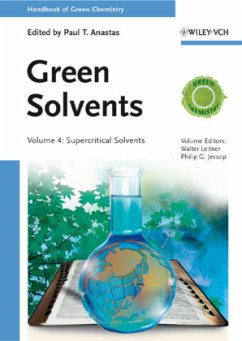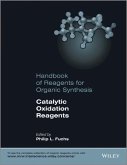In a world where the emphasis has shifted to being as Green and environmentally friendly as possible, leads to the requirement of this important 3-book set of the Handbook of Green Chemistry edited by the father and pioneer of Green Chemistry, Professor Paul Anastas.
This series summarises the significant body of work that has accumulated over the past decade that details the breakthroughs, innovation and creativity within Green Chemistry and Engineering.
Set II comprises of 3 books, with each volume focussing on a different area and edited by leading scientists in the field:
Supercritical Solvents - Editors: W. Leitner and P. G. Jessop
Ionic Liquids - Editors: P. Wasserscheid and A. Stark
Reactions in Water - Editor: C.-J. Li
An essential collection for anyone wishing to gain an understanding of the world of green chemistry and for a variety of chemists, environmental agencies and chemical engineers.
This series summarises the significant body of work that has accumulated over the past decade that details the breakthroughs, innovation and creativity within Green Chemistry and Engineering.
Set II comprises of 3 books, with each volume focussing on a different area and edited by leading scientists in the field:
Supercritical Solvents - Editors: W. Leitner and P. G. Jessop
Ionic Liquids - Editors: P. Wasserscheid and A. Stark
Reactions in Water - Editor: C.-J. Li
An essential collection for anyone wishing to gain an understanding of the world of green chemistry and for a variety of chemists, environmental agencies and chemical engineers.

